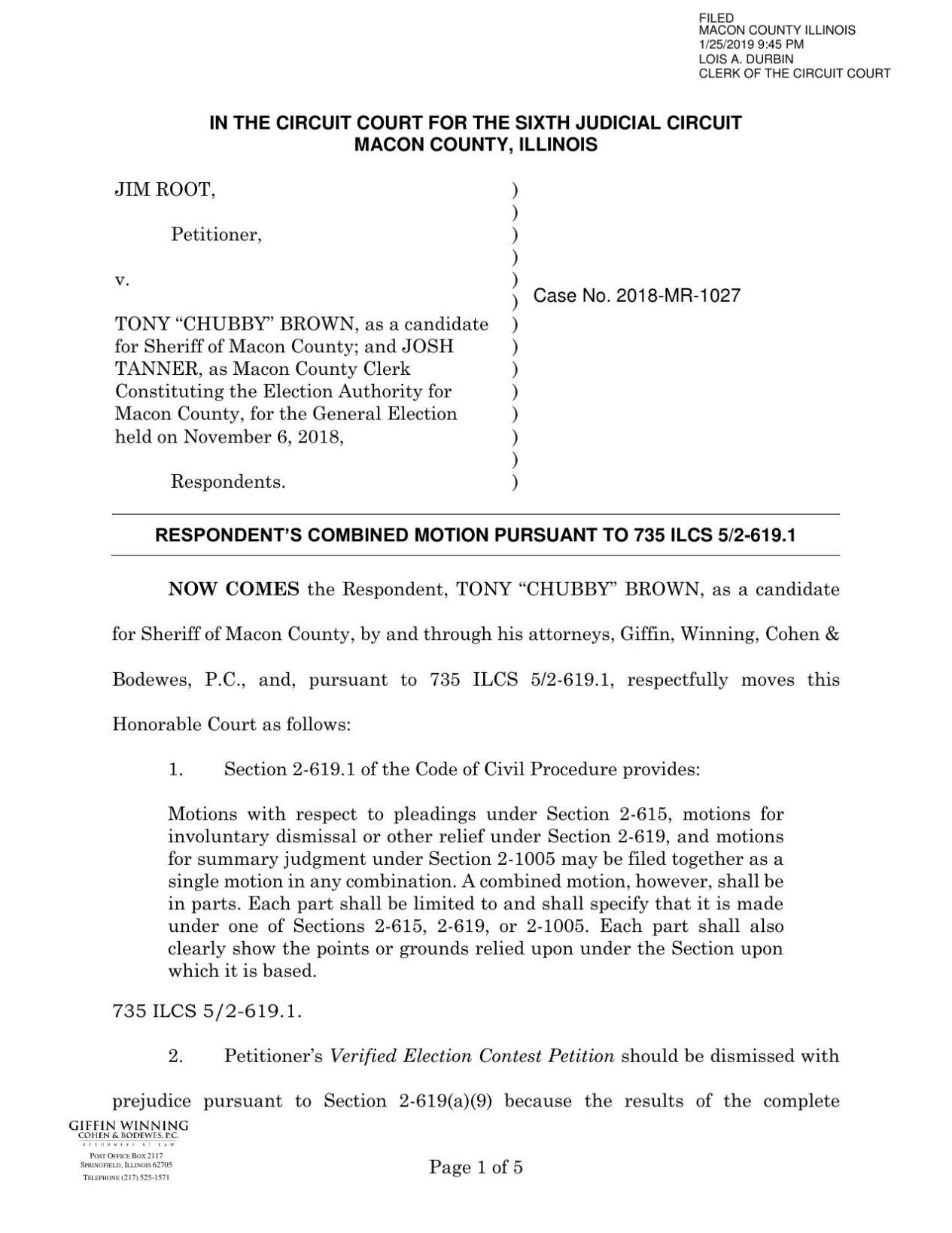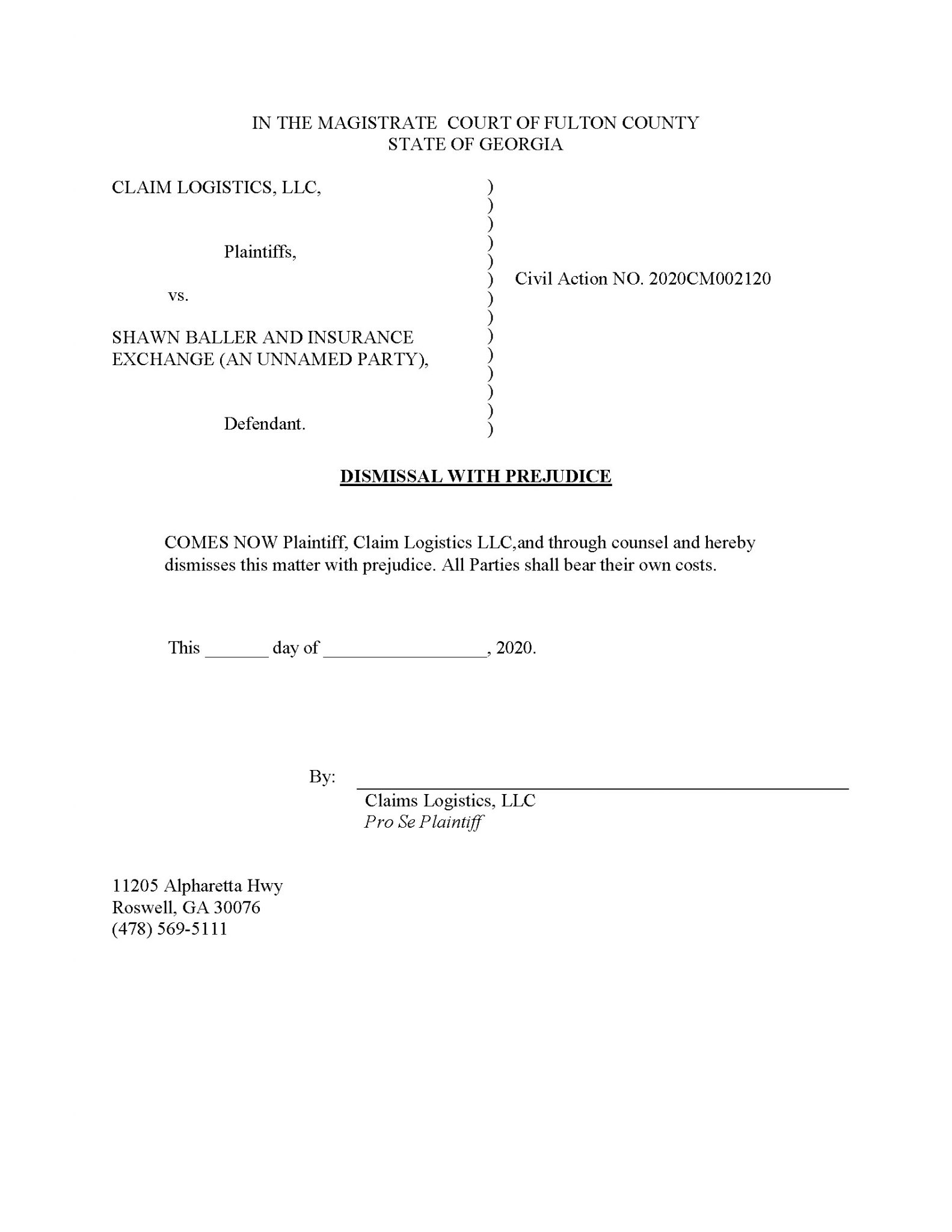

For example, a suit requesting enforcement of a child support order cannot be heard in small claims court. The court in which the lawsuit was filed does not have jurisdiction, or the authority, to rule on the matter at hand. There are different reasons for filing a Motion to Dismiss, many of which revolve around the following legal deficiencies: Lack of Subject Matter Jurisdiction When a Motion to Dismiss is filed, information supporting the grounds for dismissal must be included in the motion. This is done when the defendant believes a claim in the lawsuit is legally invalid, or there are legitimate grounds for throwing the case out of court. Reasons for Filing a Motion to DismissĪ Motion to Dismiss is often filed with the court at the earliest stages of the lawsuit, typically before either party has conducted their discovery. A motion filed by either party in a lawsuit asking the court to throw out part of the case, or the case in its entirety.

(Internal quotations and citations omitted). In addition to the above, it is the court’s long-held policy, and preference for, deciding cases on their merits. (CPLR 3211.) Those objections are preserved despite their premature answer.Īccordingly, the court finds that the filing of the answer did not moot or otherwise waive the pending motion to dismiss. Although the CPLR is silent, it would be consistent to consider the Huatai Defendants’ objections made pursuant to CPLR 3211(a)(1) where they abided by CPLR 3211(e) and made a timely pre-answer objection. Here, the Huatai Defendants’ motion to dismiss pursuant to 3211 (a)(1) was made on March 22, 2017, while the answer was filed over three years later on December 9, The CPLR does not address the effect of filing an answer while a 3211 (a) motion is pending, and the court sees no reason to moot the pending motion to dismiss. This is not the procedural posture here where an answer was filed after the 3211 (a) motion. Plaintiff cites to two cases, both of which deal with post-answer motions to dismiss those motions based on waivable grounds for dismissal were found to be untimely. However, plaintiff fails to support his assertion that an answer moots a pending 3211(a) motion to dismiss. Plaintiff correctly argues that a CPLR 3211(a) motion to dismiss is necessarily a pre-answer motion. In the absence of case law on point, a reading of the CPLR guides disposition of this issue.

They also argue that they preserved their objections as they asserted the same basis for dismissal as the affirmative defenses in their answer. The Huatai Defendants assert that nothing in the CPLR precludes them from filing an answer after making a motion to dismiss. Plaintiff argues that because the Huatai Defendants filed their answer, the issues raised in their motion to dismiss no longer require judicial adjudication at this juncture, and litigation must proceed to discovery and summary judgment motions, pursuant to CPLR 3212, if so desired. Plaintiff argues that CPLR 3211(a)(1) motions are made prior to the filing of an answer, and the subsequent filing of an answer negates the relief requested by a pre-answer motion to dismiss. 30072(U), holding that filing an answer does not moot a pending motion to dismiss, explaining: On January 11, 2022, Justice Masley of the New York County Commercial Division issued a decision in Chao Jiang v.


 0 kommentar(er)
0 kommentar(er)
